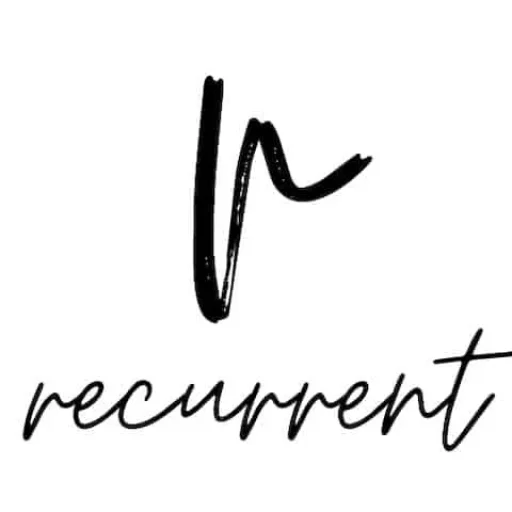Is this budget method of allocating your salary to, what might seem an arbitrary percentage allocation of 50%, 30% and 20% something that actually works?
Is it for busy people who don’t have time to do an actual budget?
Well, it is easy to do, but I’m not sure it’s the best way to budget.
“What makes it easy?” I hear you ask.
Well, all you need is some basic math skills and you’re good to go.
Here’s the step by step process of how it works:
- Work out how much money you receive from your pay (this will be the amount that hits your bank account every pay, otherwise known as your after tax income ).
-
You’re now going to proportion the amount in step 1 into three sub-amounts:
- Multiply the step 1 amount by 50%
- Multiply the step 1 amount by 30% , and
- Finally, multiply the step 1 amount by 20%
- CHECK! You should have 3 different amounts. If you were to add these 3 amounts together they should total the amount in step 1.
So let’s say I get deposited into my bank account $2,000 from my payslip every month.
The three proportioned amounts would be calculated as:
- $2,000 × 50% = $1,000
- $2,000 × 30% = $600
- $2,000 × 20% = $400
I can quickly check I’ve done everything right by adding the three amounts all up: $1,000 + $600 + $400 = $2,000.
What Do Ratios Mean?
If you had to divide up these amounts into needs, wants and savings or investing which do you think would be which?
If you thought the needs amount would be the largest amount you would be correct. Then the wants are the 30% amount, with the savings and investing amount being the 20%.
What Is A “ Need “?
The only difficulty you’ll encounter with this model is that while it’s deceptively easy on the math, it can be difficult when it comes to classifying a purchase as a need or a want.
Popular marketing tactics will have you believe that buying their product or service is a need , but you need to see beyond the shiny wrapper.
To determine if something is a need you only need to ask yourself one question:
“ If I lost my source of income today, would I still be paying for this product or service? “
This helps to determine if the purchase is essential or a core cost in your monthly expenditure.
Things that must be in the needs column are:
- Rent and mortgage payments (place of residence, not investment properties)
- Utility bills (electricity, water, rates and gas)
- Groceries (not eating out or fast food)
- Clothing
- Transport
- Insurance? (see below in the grey areas)
- Giving? (see below in the grey areas)
As you can see from this list, these are all the essential items that mimic the basic necessities of life: food, shelter and clothing.
The Grey Areas
Unfortunately, even with a concise question to ask on each purchase, there will be some items where it will be a little grey.
For example, you might consider your property low risk, and therefore there would be no need to renew your home and contents insurance , but if something were lost or destroyed in your home, it could have a catastrophic financial impact, so I would personally classify home and contents insurance as a “need”.
But, there could be other insurances I’d be happy to let go of – perhaps health insurance if the Medicare Levy surcharge weren’t an issue.
And what about giving?
I personally think that giving should be a need as it helps you to be other-minded , rather than self-minded . However, depending upon your priorities you may classify this as want , or not at all.
This is the only aspect of working with this framework that makes it difficult to complete, but what are the other issues?
50/30/20 Budget Problems
Some might find the proportions unsuitable for their personality and spending/saving habits. There would be no point in changing the ratios as it would defeat the purpose of working within these metrics.
If you find you’re changing your proportions all the time it kind of defeats the purpose of maintaining this easy form of budgeting. And perhaps it would be time to take your budgeting up a notch to a spreadsheet using a zero based budgeting model.
The other problem with this form of budgeting is what to do with any left over amounts? Do you put them in the “needs” proportion and go and buy some new clothes? Or do you put it into a holiday? Or perhaps you really like those shares?
To help with these grey areas it might be best if you write down how to tackle which group purchases would be slotted into and how to handle excesses or spare funding in a group.
Lastly, the only other problem I have with this form of budgeting is that because it’s too simple and easy it’s easily forgotten and neglected. All that brain power spent on doing 3 simple math calculations gets wasted and you end up flopping back into bad habits.
Conclusion
If it helps you to get started with budgeting and begins to make you more aware of your spending habits which then propels you further and deeper into doing better budget analysis then surely only good things can come.
As you get started and become more acutely aware of your budget it could be the stepping stone to greater and more precise budgeting tactics as your needs change over time.
If that’s you, then get started with the 50/30/20 budget today!

